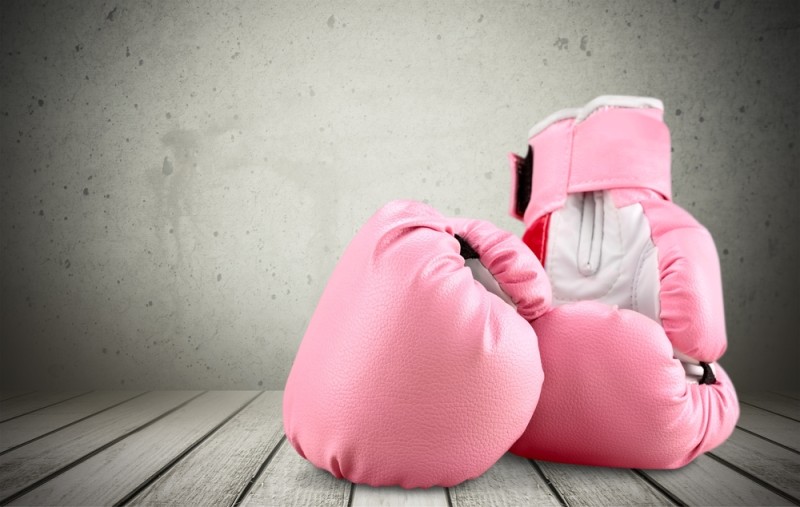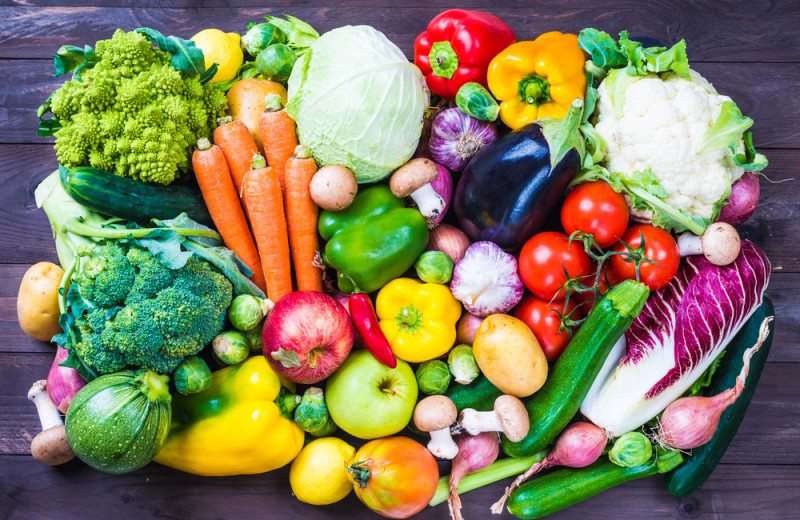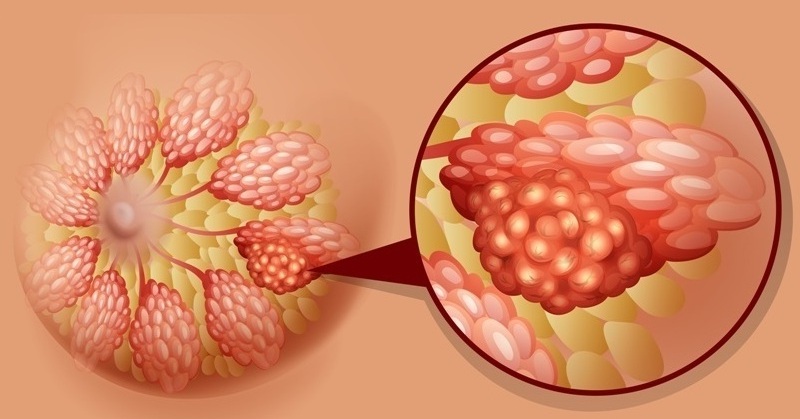Breast cancer is one of the most common types of cancer among American women. About 1 in 8 women in the U.S. will develop invasive breast cancer during their lifetime. So wouldn’t it be great to have a few strategies for preventing breast cancer?
The American Cancer Society estimates that about 310,720 new cases of invasive breast cancer will be diagnosed in U.S. women by the end of 2024, and about 42,250 women will die from breast cancer. (1)
Fortunately, death rates from breast cancer have been declining over the past few decades as a result of earlier detection through screening and increased awareness. Even some cancer treatments are well-tolerated by some women and result in cancer remission.
Even so, for women, the odds of developing breast cancer are scary. But at this time, there are more than 2.8 million breast cancer survivors in the United States. And watching out for early warning signs can help you to prevent it more effectively.

There are multiple risk factors associated with breast cancer that are not related to personal choice, including gender, age, family history, race, and ethnicity. While we can’t control these risk factors, there are choices we can make to help lower the risk of developing the disease.
The Breast Cancer Fund recommends the following five tips for reducing your risk of breast cancer:
1. Fight Germs Safely
Products that claim to be antibacterial, such as soaps, band-aids, toys and beauty products, may contain triclosan, which is an antimicrobial agent suspected of interfering with hormone systems. Skip products with triclosan on the ingredient list, and opt for something more natural. Many household cleaning products are full of toxic chemicals. Look for non-toxic cleaning products or make your own using baking soda and vinegar.
2. Cut Down on Products
To decrease your exposure to toxic chemicals in cosmetics, use fewer and more natural products. Look for ones with a short and simple ingredient list, and ditch the ones you can live without. Products with fragrance can contain dozens or even hundreds of chemicals, including hormone-disrupting phthalates and synthetic musks. Opt for fragrance-free.
3. Go Fresh, Organic and Hormone-Free
Always choose organic foods and hormone-free meat and dairy. Buying organic products will help reduce your chances of ingesting pesticides, which will aid in the health of both you and your family. Keep plastic out of the microwave. Even “microwave safe” plastic can leach chemicals into your food when it gets hot. Actually, ditch plastic completely. Non-stick pans also contain toxic chemicals that can be released at high temperatures, so switch to stainless steel or cast iron.

4. Dispose Properly
Batteries, electronics and light bulbs should be disposed of properly to cut down on exposure to chemicals that are linked to breast cancer and other health problems. Look for special electronics recycling/disposal centers in your community instead of trashing them. If trashed, these products will end up in a landfill where chemicals such as mercury and cadmium can leak into soil, lakes and streams. Cadmium has been linked to early-onset puberty, which is a risk factor for breast cancer.
5. Reduce Your Carbon Footprint
Exposure to exhaust components have been linked to breast cancer, as car exhaust releases carcinogens known as polycyclic aromatic hydrocarbons. Walking or biking can help reduce your exposure while keeping the environment a little cleaner. If you’re looking for a new car, there are safer green vehicles to choose from.


